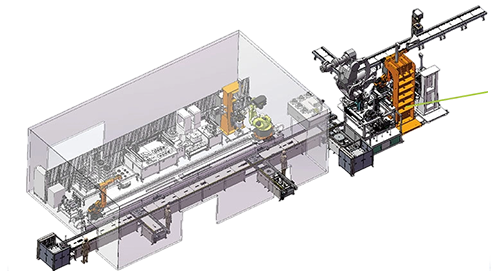The dilemma of manual inspection and the breakthrough of robot intelligent inspection on train under hot weather
In the summer of 2025, temperatures across many regions of the country consistently surpassed 40°C. For railway maintenance operations, train maintenance depots resembled scorching furnaces, posing severe challenges for maintenance crews during train inspections: ① Continuous, prolonged maintenance work in the stifling undercarriage tunnels significantly increased the risk of heatstroke and other illnesses. ② Prolonged maintenance in high temperatures and poor lighting conditions significantly reduced both repair efficiency and precision rates.
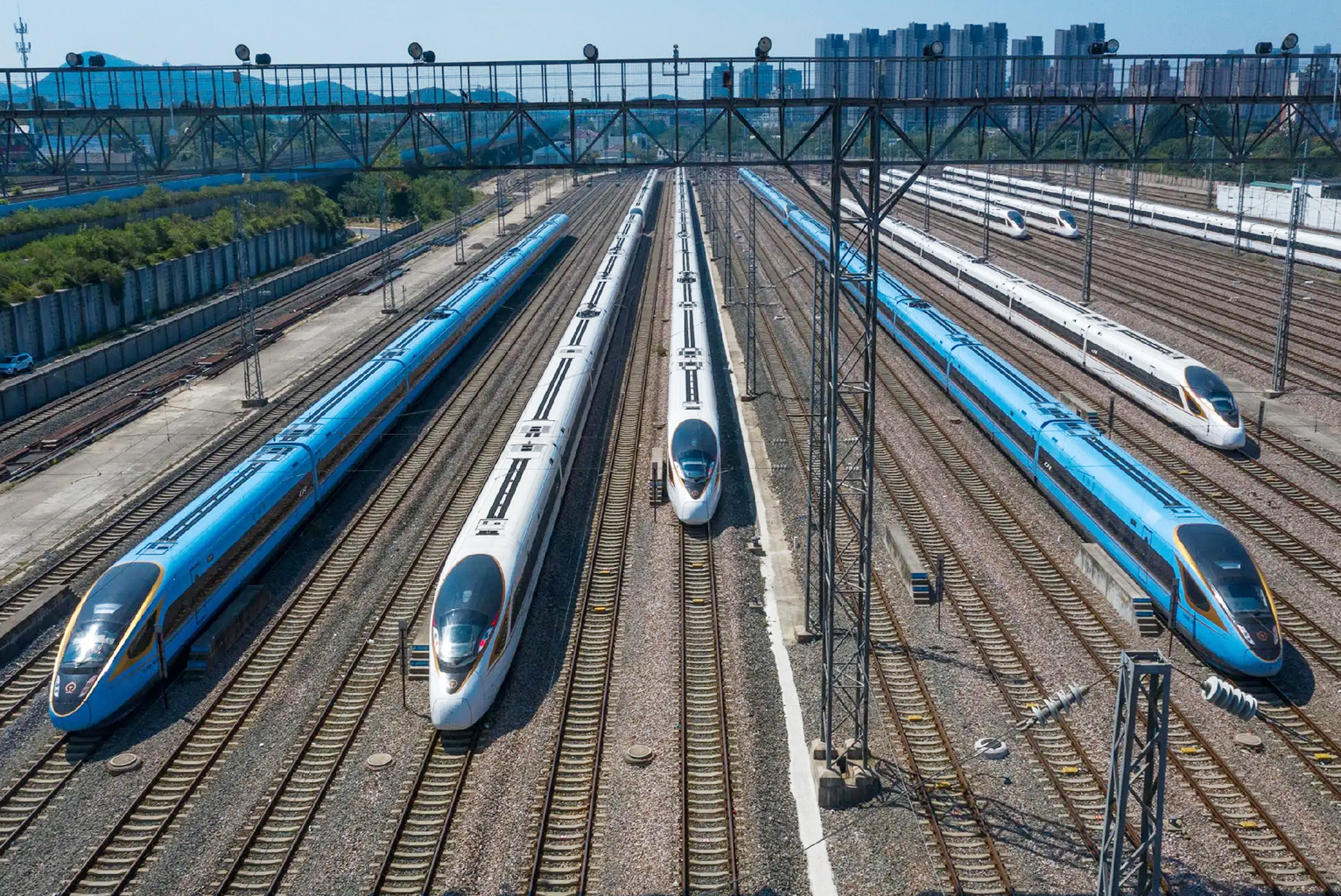
The picture is from the Internet
The “Baking” Test of Manual Inspections: A Dual Challenge of Efficiency and Safety
Heat Accumulation Effect Inside Warehouses:
Large steel-structured warehouses absorb significant heat under intense sunlight. Combined with limited ventilation efficiency, indoor air temperatures often far exceed outdoor levels, creating a stifling, stagnant “steamer basket” environment. Employees working long hours in such conditions experience excessive sweating that impairs operational focus. Metal tools become dangerously hot in heat-trapped spaces, while protective gear fails to address breathability issues in high-temperature scenarios, intensifying discomfort.
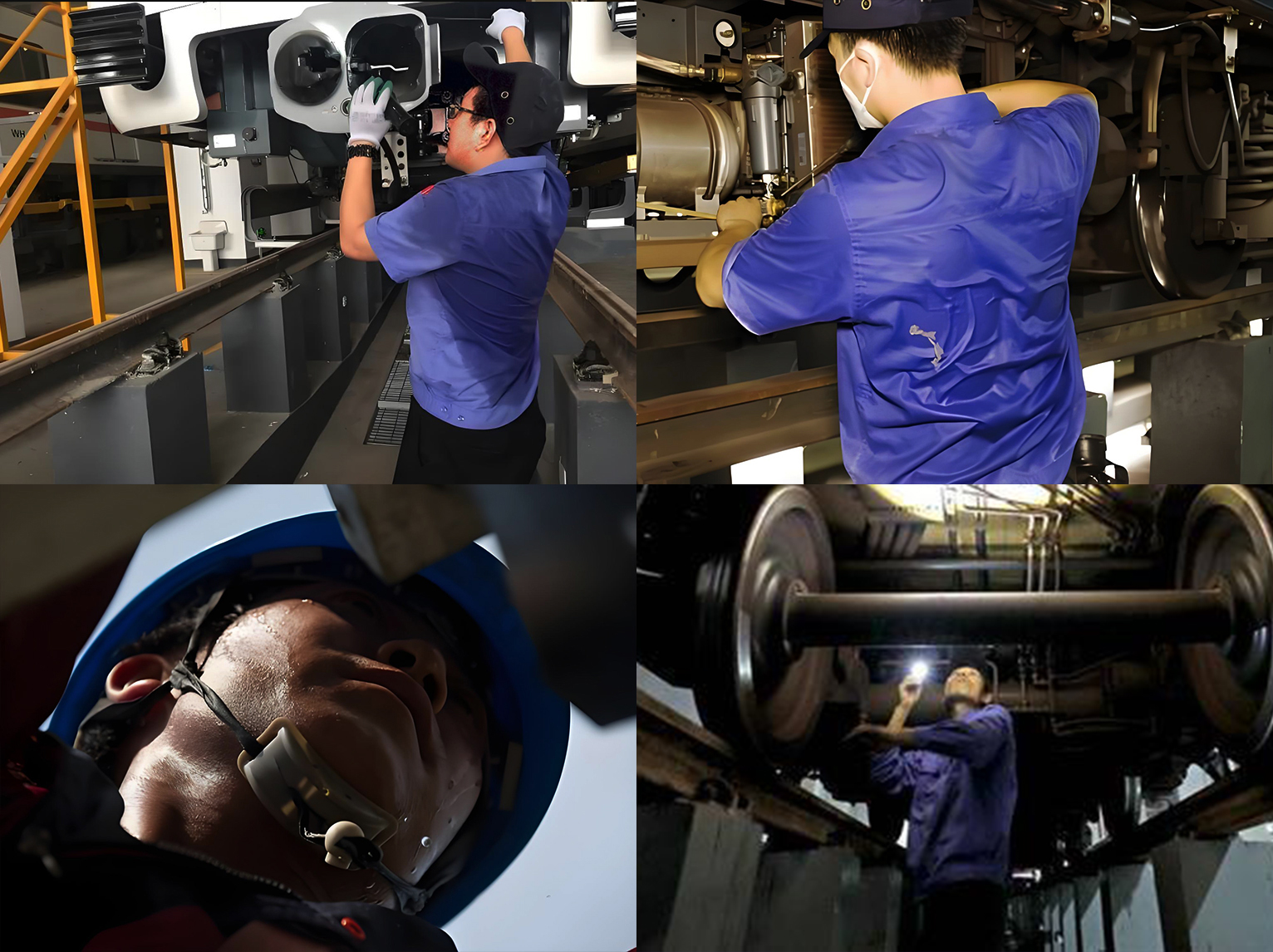
Breaking Through Inspection Challenges with High-Temperature Train Inspection Robots
Facing harsh maintenance environments and stringent inspection requirements, KING YOUNG's intelligent train inspection robots deliver rapid, efficient, and comprehensive inspections in high-temperature, humid conditions. Compared to manual inspections, robotic inspections offer distinct advantages: ① Intelligent inspection robots endure prolonged exposure to high-temperature, humid maintenance environments; ② Advanced visual inspection technology efficiently scans undercarriages with low visibility and hard-to-reach areas; ③ AI capabilities identify potential hazards; ④ Inspection reports are generated in real-time by the robot itself, minimizing data errors and reducing analysis time.
Meanwhile, inspection robots equipped with high-precision structured light cameras and AI vision are emerging as a new solution—not only can they operate stably under extreme temperatures intolerable to humans, but they also boast a single-task duration exceeding five hours. Capable of performing continuous inspections beneath and along the sides of rolling stock across multiple tracks, these robots achieve an identification accuracy rate of ≥99%.
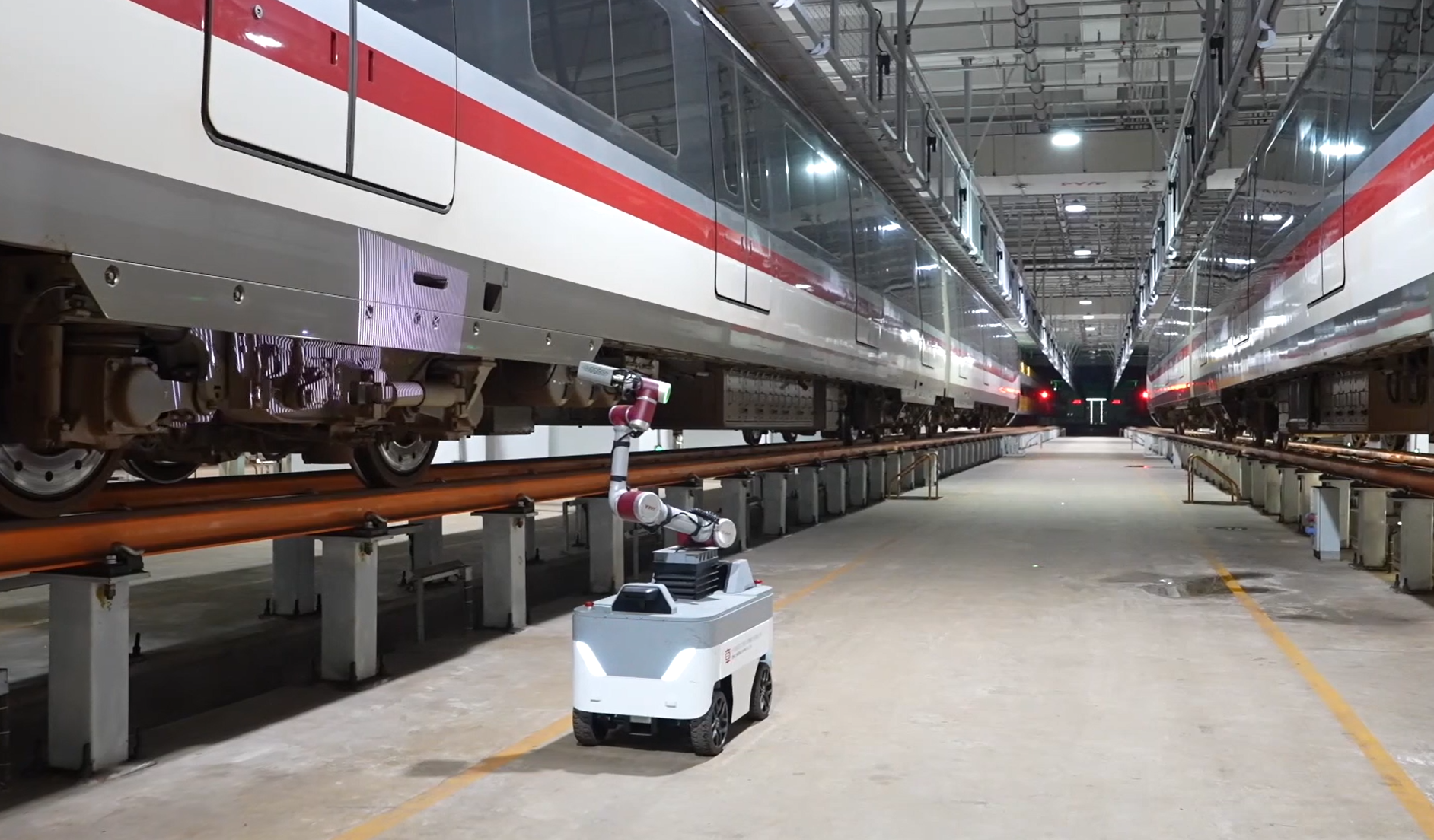
KING YOUNG Train Intelligent Robot Inspection's “Cool” Advantages:
Full-Time Domain, High-Precision Operation
Environmental Adaptability:
Utilizing convection and contact heat conduction methods, the robot ensures normal operation of internal electrical components under high temperatures. It can function at ambient temperatures up to 55°C, enabling prolonged continuous inspection work in high-temperature train maintenance depots.
7x24h Standby Readiness:
Equipped with automatic charging and high-capacity batteries, the robot supports extended rapid inspections followed by swift return-to-base charging cycles. This enables round-the-clock standby readiness for executing diverse operational tasks.
Cost-Efficiency in Inspection:
Calculated based on a 24-train operation model with 19 trains in service, 4 undergoing maintenance, and 1 on standby, a single robot can perform non-powered inspections on 3-4 full trains per night. This can replace 2-3 staff members, significantly reducing personnel inspection workload and staffing costs while enhancing inspection efficiency.
Intelligent Analysis
Equipped with structured light cameras and array-based rapid scanning modules, the robot employs a combination of stationary precision scanning and non-stop rapid scanning to complete tasks efficiently. Full undercarriage and side inspections can be accomplished within one hour, substantially accelerating inspection speed.
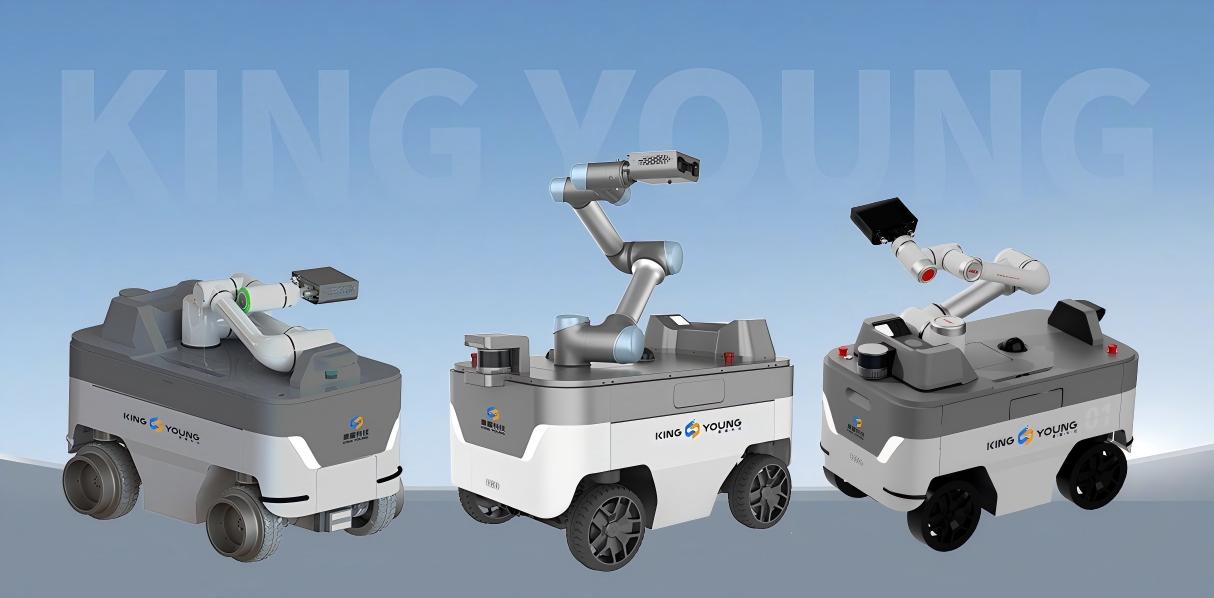
In this era of rapid railway development, safety remains the cornerstone of rail operations. Navigating the steel network, KING YOUNG's intelligent train inspection robots safeguard the journeys of hundreds of millions of passengers with their precise “digital eyes.” Replacing human workers in crawling through confined spaces beneath trains, these robots endure relentless heat to perform continuous inspections. Like tireless sentinels, they liberate railway personnel from hazardous environments. Each precise inspection by KING YOUNG's intelligent robots embodies the intelligent fulfillment of the commitment: “The people's railway serves the people.”

The picture is from the Internet











